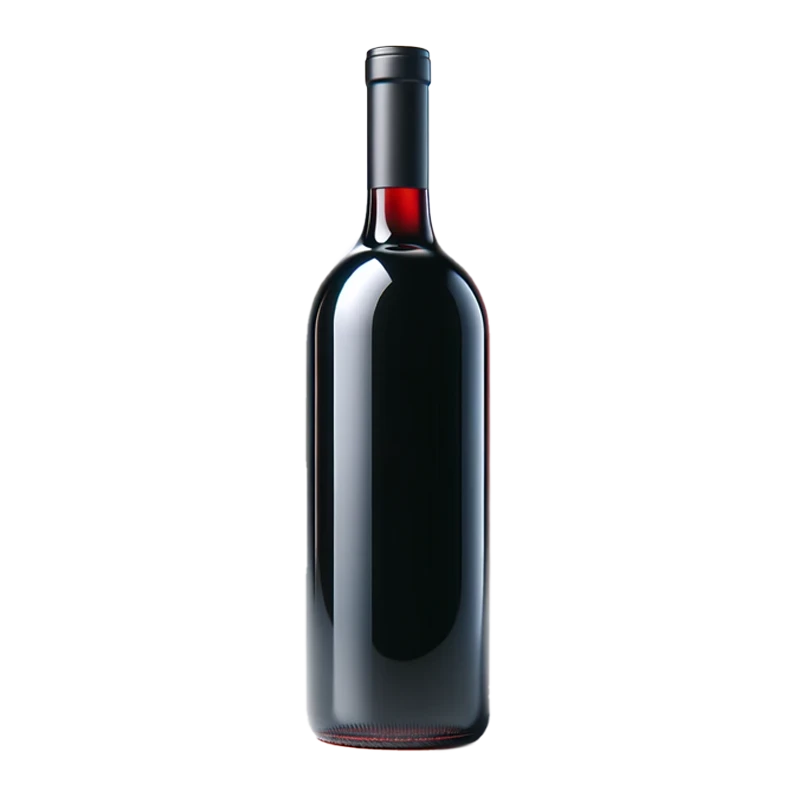Dry Wine — Nutrients, Health Benefits, And Shopping Tips

Written by Listonic Team
Last update on September 6, 2024
Nutrition facts
Nutrition facts
Amount per 100 g
Calories
🔥 82 kcal
| Nutrition per: 100 g | Value | % Daily Value* |
|---|---|---|
| Carbs | 3 g | 1.09% |
| Fiber | 0 g | - |
| Sugars | 1 g | 2% |
| Glycemic Index | 45 | - |
| Protein | 0 g | - |
| Sodium | 5 mg | 0.22% |
| Total Fat | 0 g | - |
*The % of Daily Value (DV) tells you how much a nutrient in a serving of food contributes to a daily diet. 2,000 calories a day is used for general nutrition advice.
45
🟢 Low Glycemic Index
Did you know?
Health risks
- Alcohol content which can lead to addiction, liver damage, and other health problems if consumed in excess.
- Potential for dehydration as alcohol is a diuretic, which can lead to increased urination and potential dehydration if not balanced with adequate water intake.
- Risk of interactions with medications as alcohol can interfere with the effectiveness of certain medications or increase the risk of side effects.
- Potential for allergic reactions particularly in individuals sensitive to sulfites, which are often used as preservatives in wine.
How to choose dry wine
Dry wine is best evaluated by its clarity and the balance in its taste profile. It should not be overly sweet or have a high residual sugar content. Taste the wine to ensure it has a crisp finish and harmonious acidity.
Avoid wines that taste flat or have an imbalance in their flavor components. Good dry wine should complement food well, providing a refreshing counterpoint to rich dishes.

How to store dry wine
Dry wine should be stored in a cool, dark place with a consistent temperature. Keep the bottle on its side to keep the cork moist. Properly stored, dry wine can last for many years.
Light and temperature fluctuations can degrade the quality of dry wine. It’s important to store it away from direct sunlight and heat sources. Ensure the bottle is sealed tightly to maintain its flavor and prevent oxidation.
✅ Please keep in mind: There is no safe amount of alcohol
Even moderate alcohol consumption poses significant health risks. The most recent data from the World Health Organization warns that no level of alcohol consumption is safe for our health. Click to learn more.
How long does it last?
Dry wine can last for 3-5 days once opened and refrigerated. Unopened bottles can last for 1-3 years when stored in a cool, dark place, with red wines typically lasting longer than white wines.
What to do with leftovers?
Leftover dry wine can be used in a variety of cooking applications. Use it to deglaze a pan for a rich sauce or gravy to serve with meats like chicken, pork, or beef. Dry wine is also great in soups, stews, or braises, where it adds depth and complexity to the dish.
Use dry wine in a risotto, where it adds acidity and flavor as the rice cooks. If you have a lot of dry wine, consider making a batch of homemade vinaigrette by mixing it with olive oil, mustard, and herbs. Dry wine can also be reduced and used in a syrup for desserts or mixed into a marinade for meats or vegetables. For a quick and elegant dish, simmer wine with garlic and herbs, then pour over sautéed mushrooms or use it in a pasta sauce with cream and Parmesan.
👨⚕️️ Medical disclaimer
Discover products from other categories
Listonic Team
Fact-checked
Our editorial team checked this article to make sure it was accurate at the time of publishing it.
Get the top-rated shopping list app on your phone!







